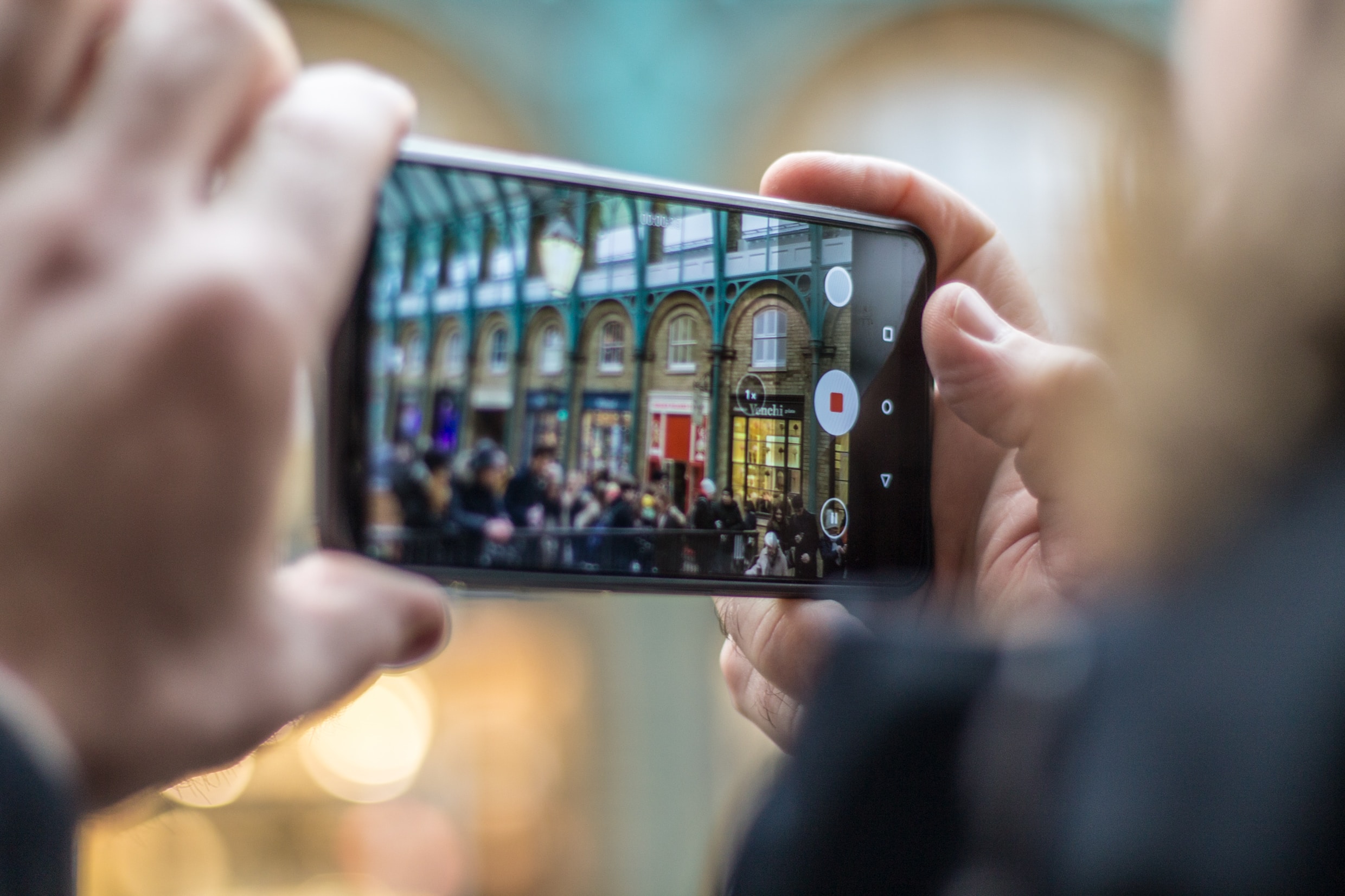[acf field=”quick_answer” class=”custom-box” id=”tech-shift-quick-answer”]
The world of digital video is complex, filled with a variety of formats, protocols, and file types. For Android users, understanding these formats can greatly enhance their multimedia experience. This article will delve into the intricacies of video formats for Android, starting with the ubiquitous MP4 format.
[acf field=”key_takeaways” class=”custom-box” id=”tech-shift-key-takeaways”]
What is the MP4 video format for Android?
The MP4 video format, officially known as MPEG-4, is a multimedia container format. This means it can store various types of data, including audio and video. Its compatibility with a wide range of devices and operating systems makes it a preferred choice for many users. One of the key advantages of the MP4 format is its use of a codec. A codec is a tool that compresses and decompresses data, allowing large multimedia files to be reduced in size for easier storage and management.
In the world of Android, the MP4 format is widely recognized and supported. This makes it an excellent choice for users looking to play or share video content on their devices. MP4 files are also versatile, capable of storing additional data such as subtitles and still images.
Understanding Mobile Video Formats
Mobile devices can handle a variety of video formats. Besides the widely used MP4 format, other formats and protocols play a significant role in mobile video consumption. One such protocol is RTSP, or Real Time Streaming Protocol. This network protocol is used to establish and control media sessions between endpoints. In simpler terms, it’s used to control the delivery of audio and video content over the internet.
RTP, or Real-time Transport Protocol, is another important component of mobile video. A cousin of RTSP, RTP is used to deliver audio and video over IP networks. Both RTSP and RTP are crucial for the seamless streaming of video content on mobile devices, including Android smartphones and tablets.
Android’s Support for MPEG and Other Formats
Android provides extensive support for a variety of multimedia formats, including MPEG. This audio format can be found in MPEG-4 audio files and 3GP files, both of which are based on the MPEG-4 format. Android also supports recent additions to the AAC specification, known as High Efficiency AAC.
MP3, or MPEG-1 Audio Layer 3, is another format supported by Android. These .mp3 files are commonly used for audio playback, making them a key component of the Android multimedia experience.
Delving into Android File Formats: APK
One of the key file formats associated with Android is the APK file (Android Package Kit file format). This is the file format used for applications on the Android operating system. An APK file contains all the data an app needs to run. This includes the software program’s code, assets, and resources. Understanding APK files can be helpful for advanced users looking to sideload applications or customize their Android experience.
FAQ
What is the benefit of the MP4 format?
MP4, or MPEG-4, is a versatile video format that’s compatible with a wide range of devices. It uses a codec to compress file size, resulting in a file that’s easy to manage and store.
What is the difference between RTSP and RTP?
RTSP, or Real Time Streaming Protocol, is used to establish and control streaming media sessions, while RTP, or Real-time Transport Protocol, is used for the delivery of audio and video over IP networks.
Are there other audio formats supported by Android besides MP3 and MPEG?
Yes, Android supports a range of audio formats, including AAC, FLAC, MIDI, Vorbis, and PCM/WAVE.
Can I use different video formats on my Android device besides MP4?
Yes, Android supports various video formats such as 3GP, MKV, AVI, and FLV, in addition to MP4.
What is an APK file and what does it contain?
An APK file is the format used for applications on the Android operating system. It contains all the data an app needs, including the software program’s code, assets, and resources.
Conclusion
Understanding video and audio formats, along with the protocols and file types associated with them, can greatly enhance your multimedia experience on Android. Whether you’re streaming videos, listening to music, or installing new apps, knowing how these formats work can ensure a smoother, more enjoyable user experience. As technology evolves, so too will these formats and protocols, offering even more ways to engage with digital content on Android devices.

Albert Canoy
Albert is writer for techshift.net and 3D Engineer, holding a Bachelor of Science in Data Science. His writing is informed by data-driven insights, while his technical expertise in 3D engineering allows him to create captivating visual experiences. He strive to engage audiences through both the written word and immersive 3D projects. Albert can be contacted via https://www.linkedin.com/in/albert-canoy-1b7a7714a/
